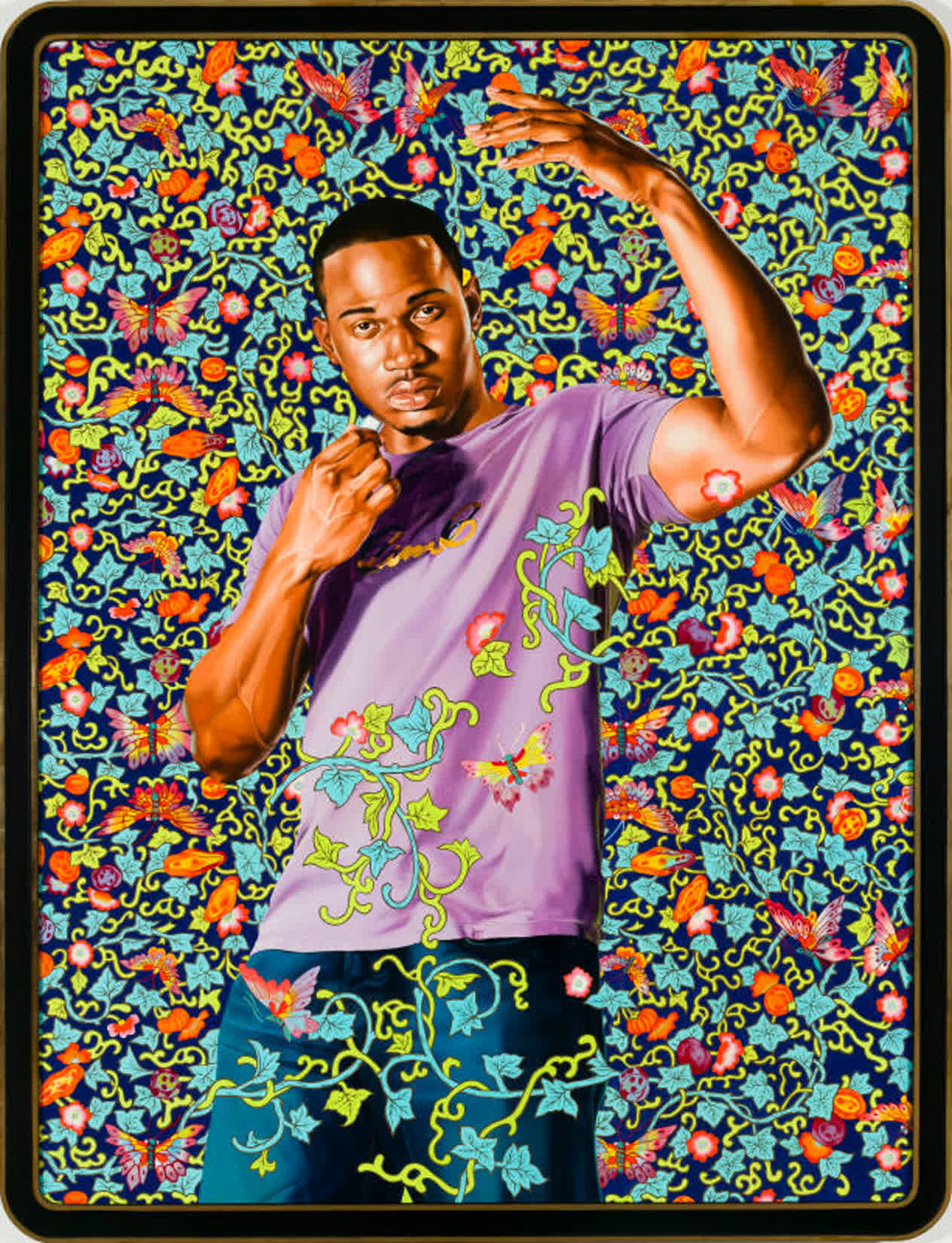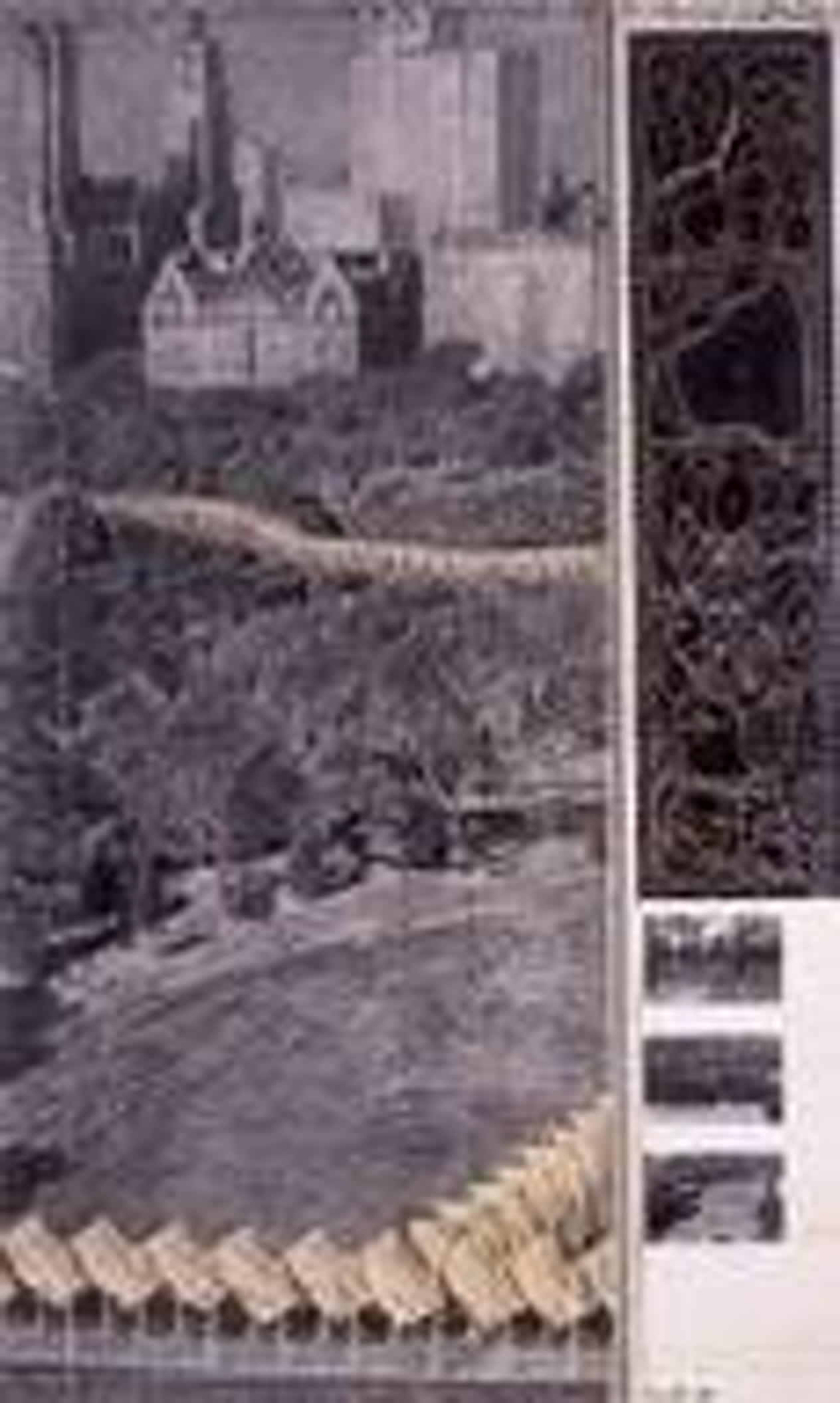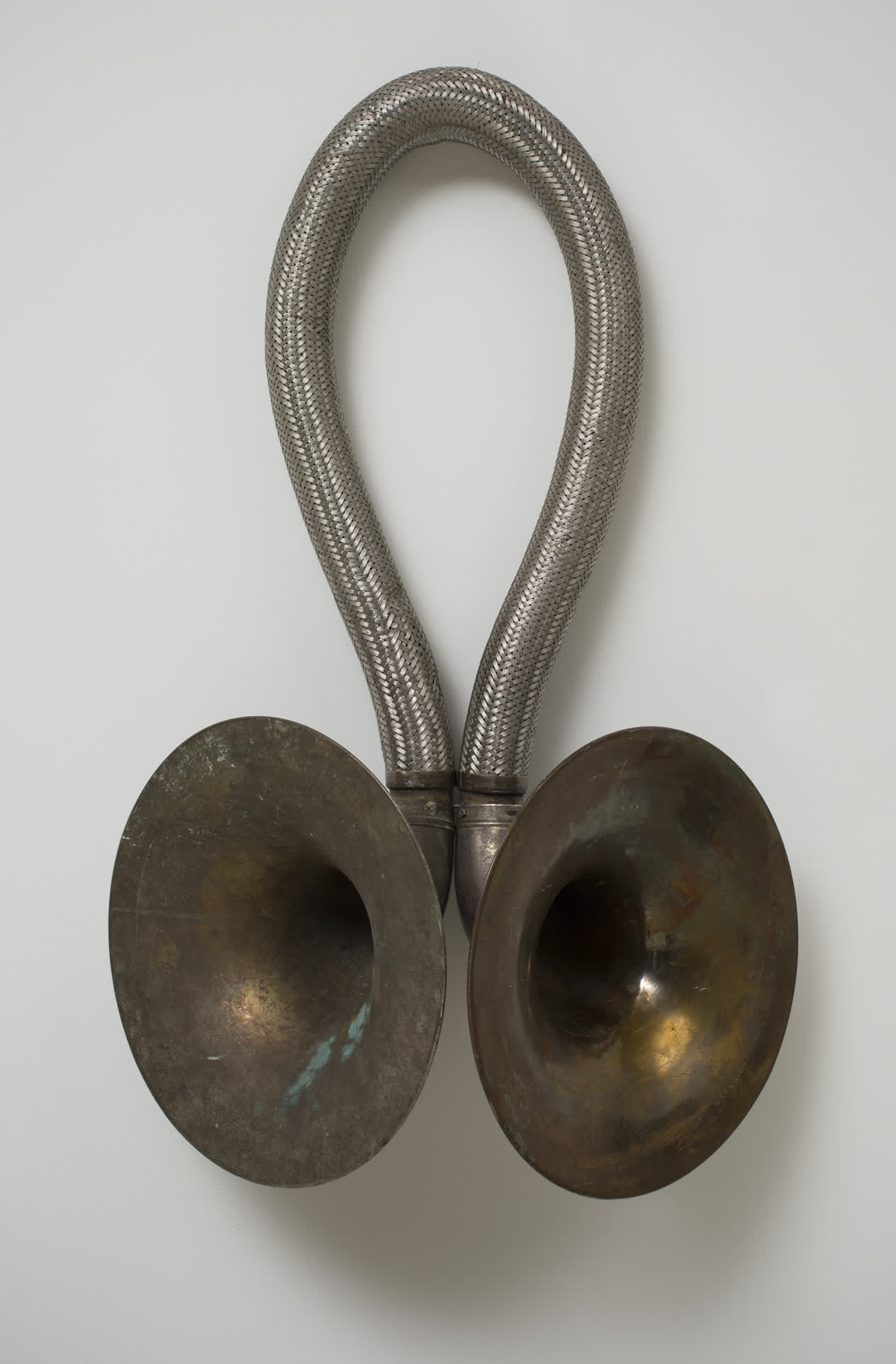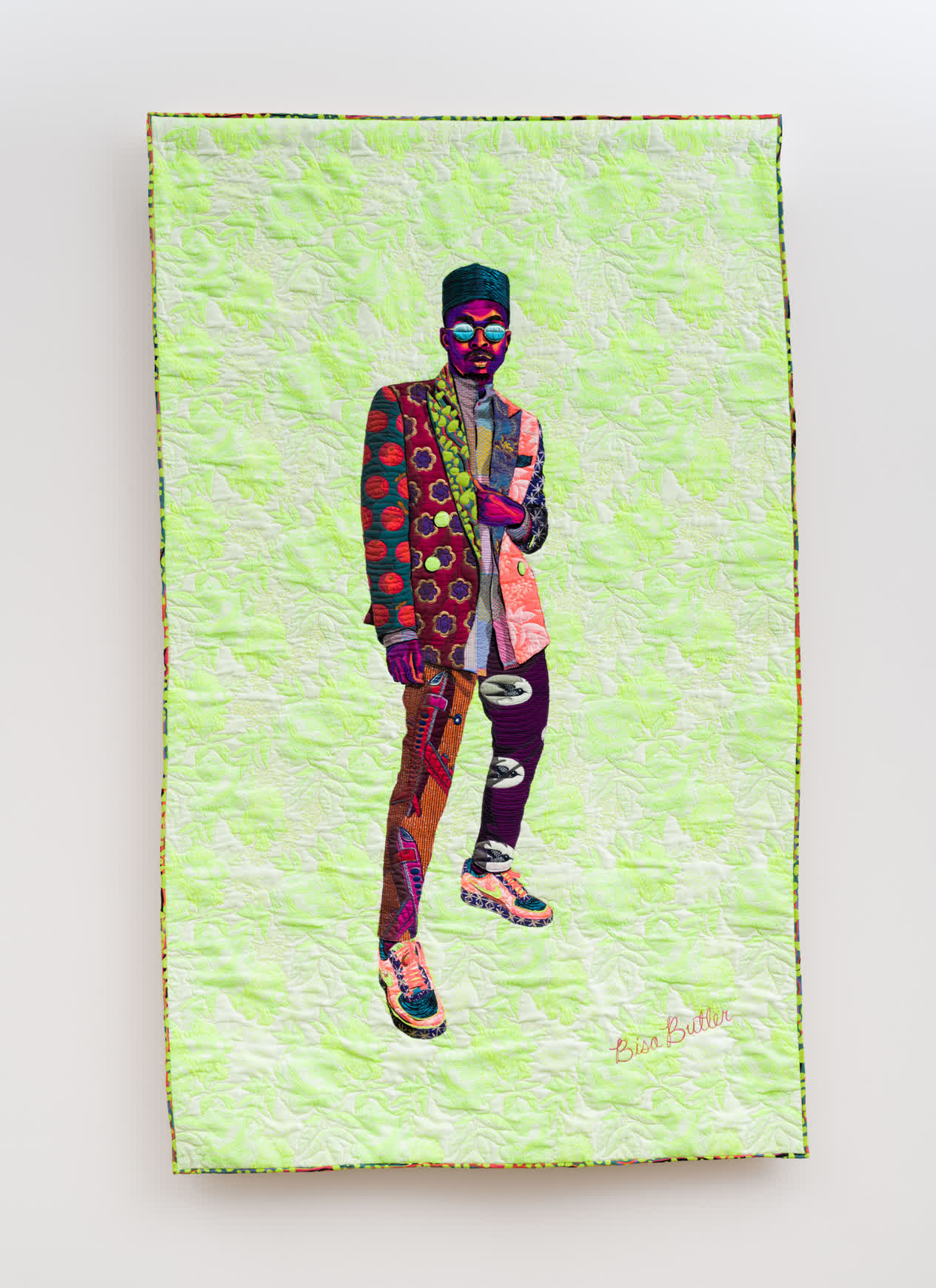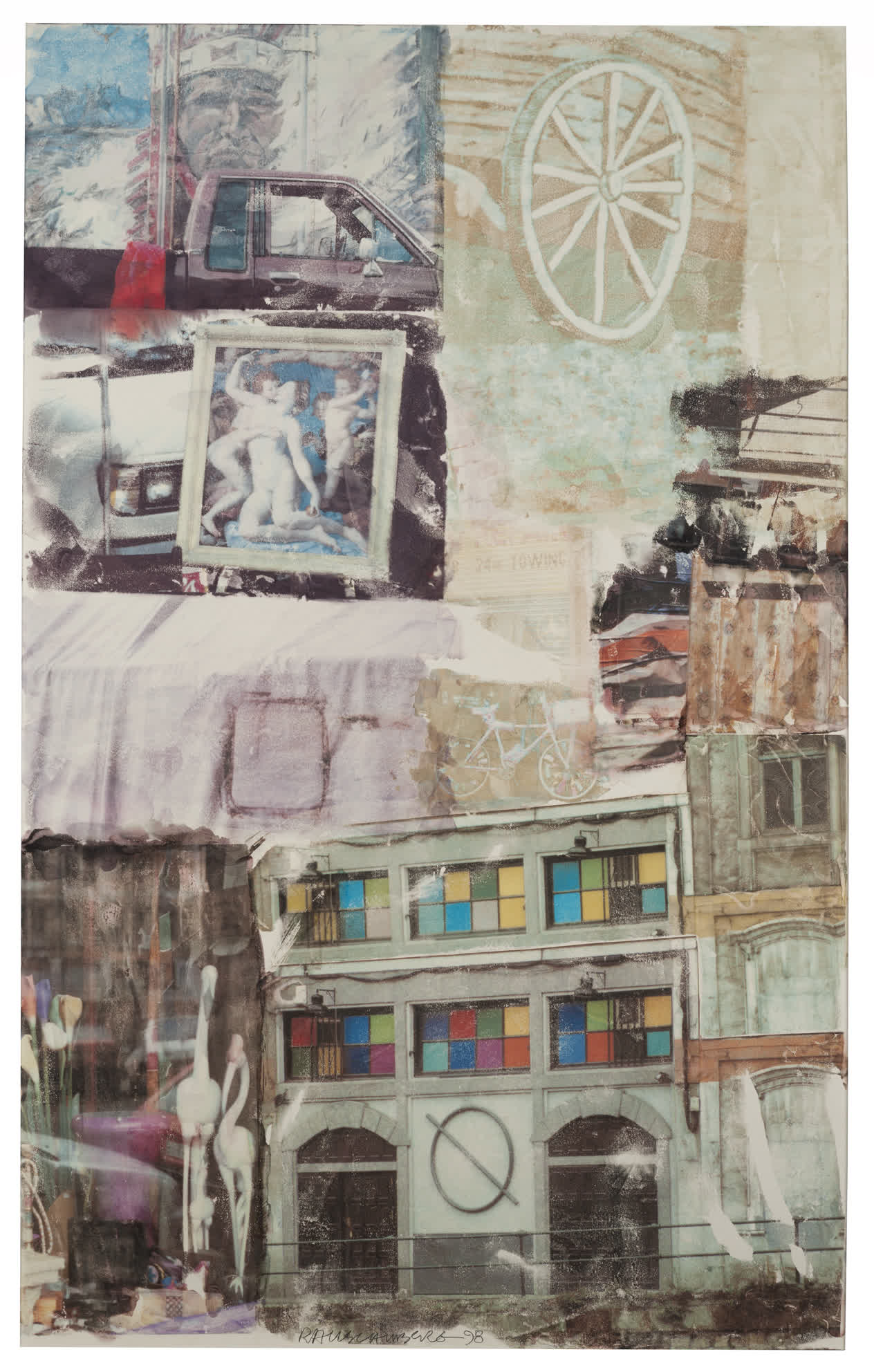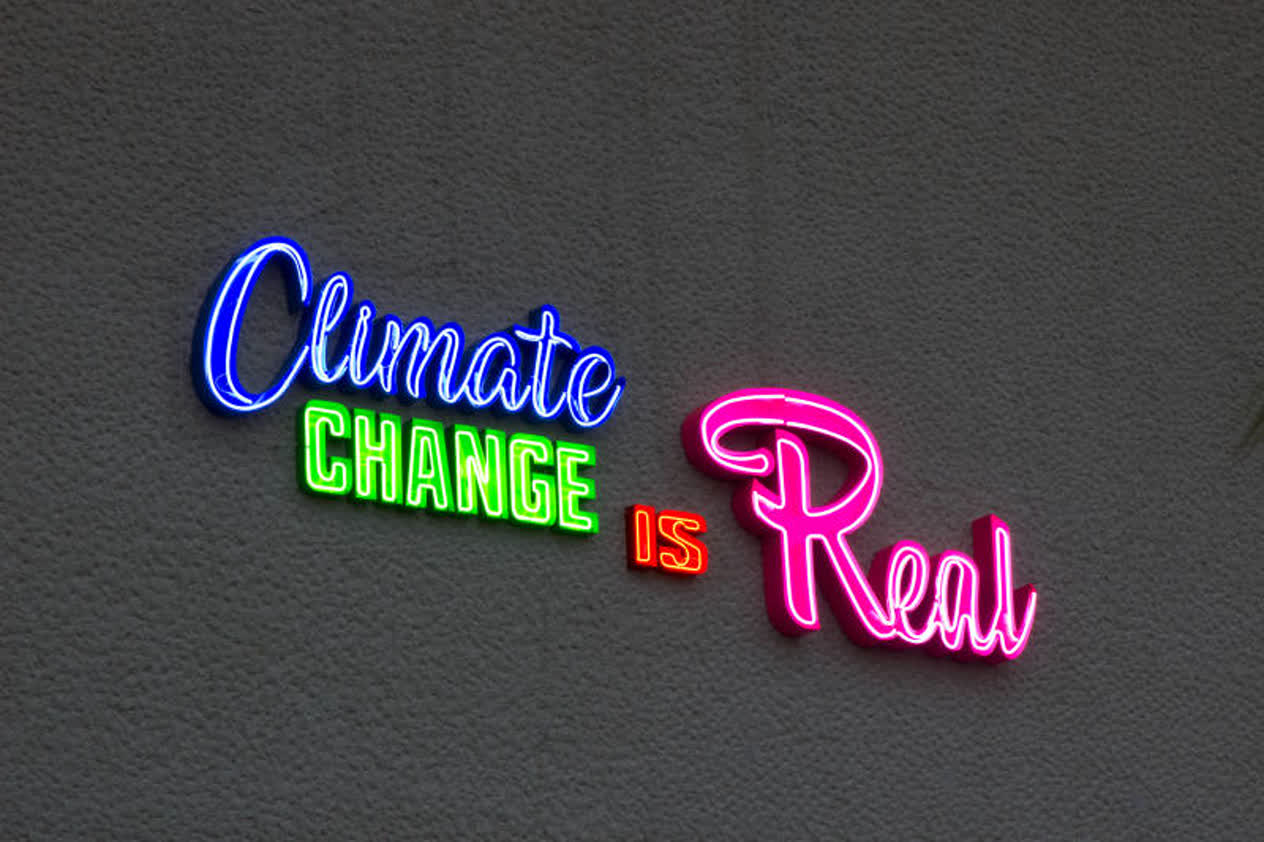Gabriel Orozco Samurai Tree (Invariant 26O) 2020–21
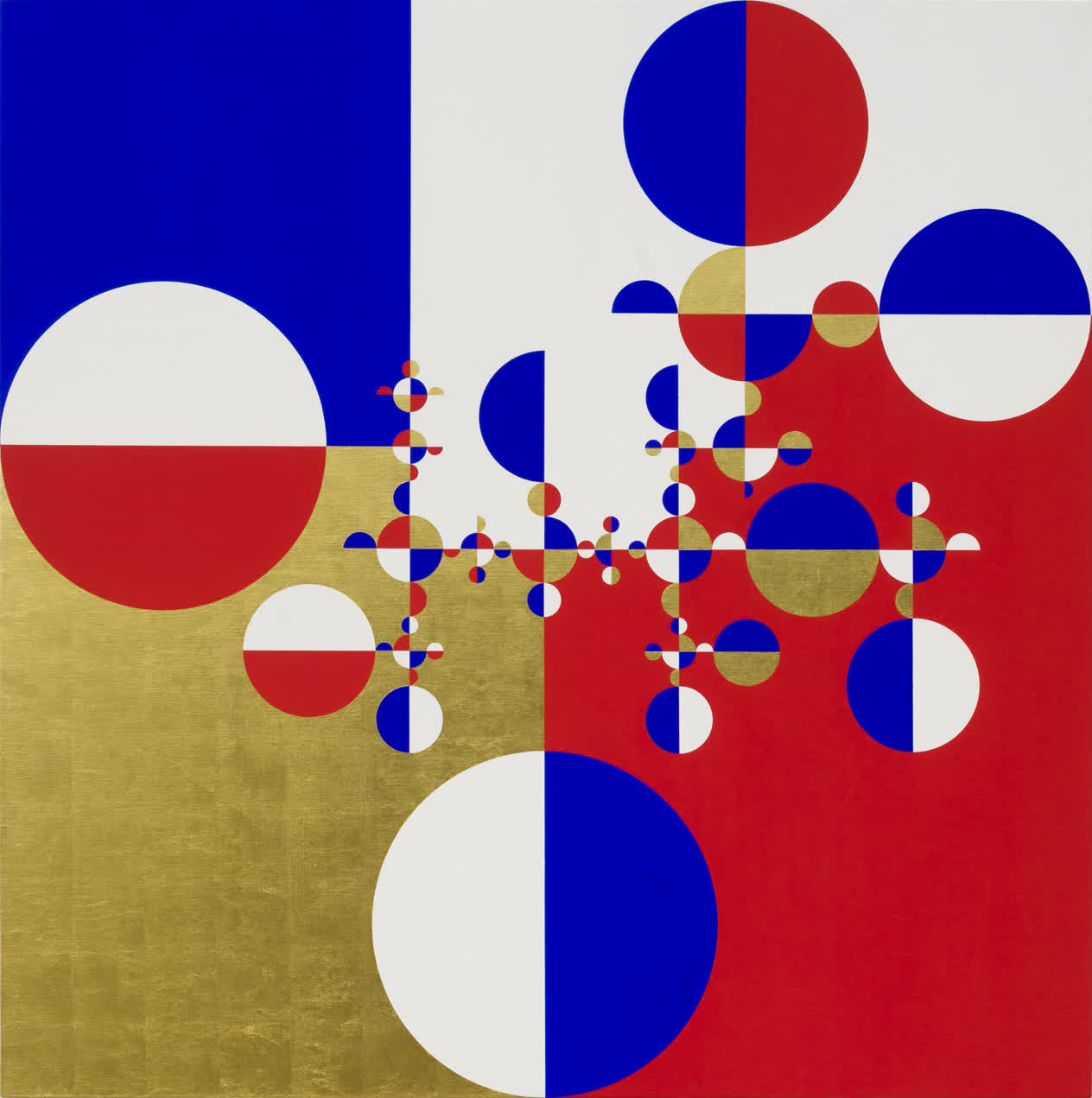
© Gabriel Orozco

The fractal-like compositions that appear in Gabriel Orozco’s Samurai Tree Invariants series are the result of a mathematical algorithm the artist uses to generate every possible permutation of circles and four colors—blue, red, gold leaf, and white—within a set of established rules. The system begins at a single point around which a circle is drawn. The circle is divided into quadrilateral segments, and then another circle is drawn that touches the bisecting line of the first at the point of its bisection. Orozco repeats this procedure until at least one circle reaches one of the edges of the canvas. He determines the color scheme according to the movement of knights in a game of chess—one square forward in any direction followed by two squares to one side, or two squares forward followed by one square to one side—again and again until every segment, including the void spaces between the circles, is filled. Whereas in earlier series Orozco employed a similar approach to disrupt the visual information contained in found images derived from banknotes, airplane tickets, and pictures of athletes in newspapers and magazines, in this grouping the paintings are fully abstract. Untethered from representation, they encapsulate the notion of a wholly insular system, a rationalistic world in which nothing is present except for the series’ fundamental elements and its own internal logic.
Identification
Title
Samurai Tree (Invariant 26O)
Production Date
2020–21
Object Number
2021.051
Credit Line
Collection Pérez Art Museum Miami, museum purchase with funds provided by Jorge M. Pérez
Copyright
© Gabriel Orozco
https://www.pamm.org/en/artwork/2021.051
Copy artwork link
Physical Qualities
Medium
Tempera and gold leaf on canvas
Dimensions
47 3/8 x 47 3/8 x 1 1/4 inches
Visual Description
Gabriel Orozco’s Samauri Tree (Invariant 260) is painted on a forty-seven-inch square canvas that uses tempera and gold leaf. This piece is divided into four uneven quadrants. Moving counter-clockwise, the upper left quadrant is covered by a blue square, where it borders the gold leaf square in the lower left quadrant. Moving to the right of the gold leaf square is a red square that is on the lower right quadrant. Lastly, the top right quadrant is a white square. The overall design of this composition is of a fractal, layered on top of the borders of the four large colored quadrants. A fractal is a never-ending pattern. An example of a fractal would be a ray of lightning, as it branches out infinitely. On the left side of the canvas, between the upper blue and lower gold quadrants, there is a palm sized circle that is divided horizontally. This division creates a white half of the circle layered on the blue upper left square and a red semi-circle on the gold lower left square. To the right of this palm sized circle, the fractal pattern bears out along the edges of the large squares. Like the first example given, the circles are all divided evenly into two different colored semi-circles. The vast majority of the circular fractals align along the dividing lines between the major quadrants. There is a series of dime-sized circles with red and gold halves, vertically aligned between the two upper quarters of the painting. The circles alternate in size, sometimes growing or shrinking back down to no larger than less than a centimeter across, as they trace the edges of the paint squares. Along the bottom edge of the painting, aligned along the entire piece’s vertical line of symmetry, is another large, palm-sized circle, divided cleanly in two semi-circles, of white and blue on the left and right, respectively. The white semi-circle is layered on top of the gold leaf, and the bright blue on top of the vibrant red, drawing sharp contrasts across the four dominant colors of the painting. Overall, the crisp lines, circular patterns, and bright colors create a repetitive and at times predictable regularity in the artwork.






